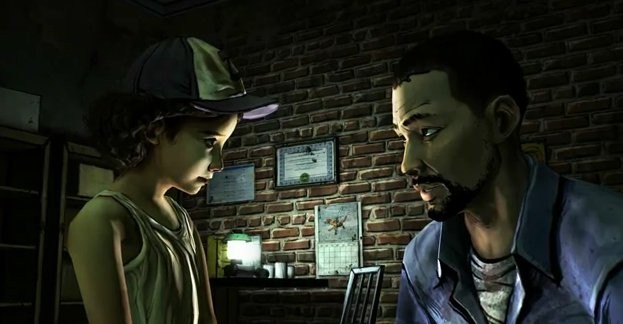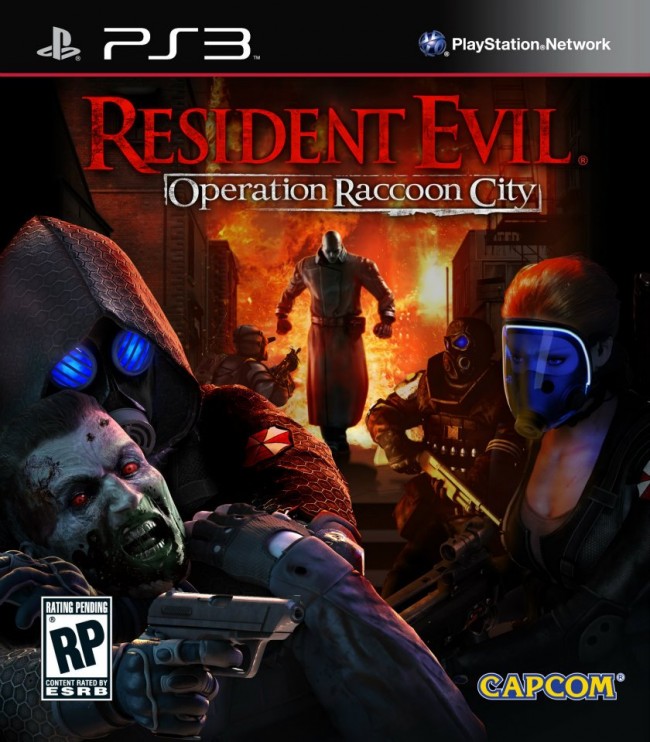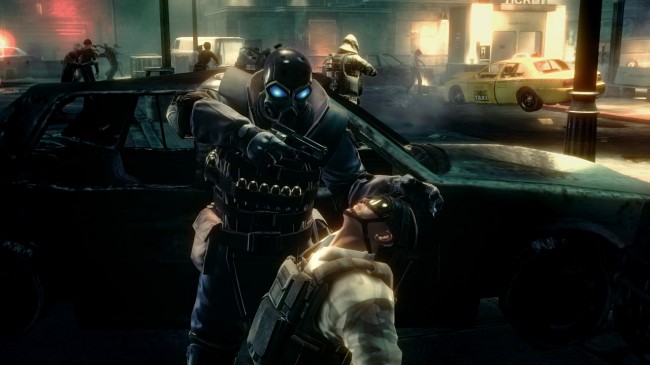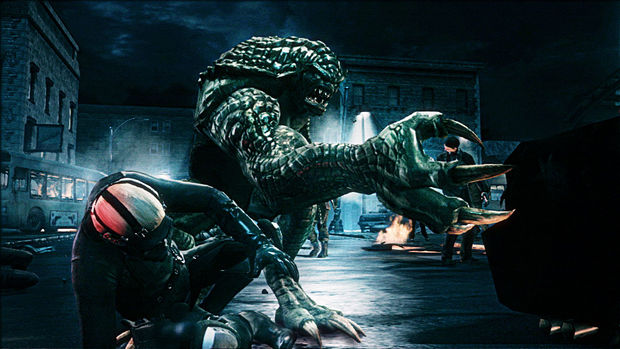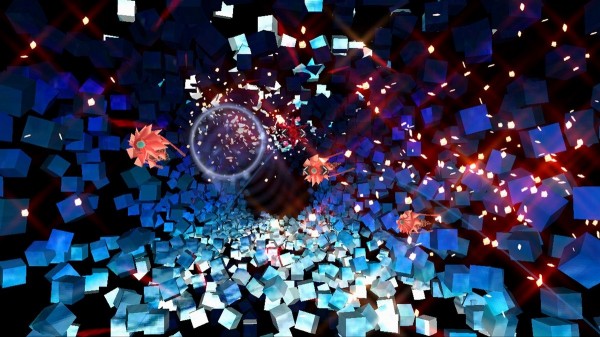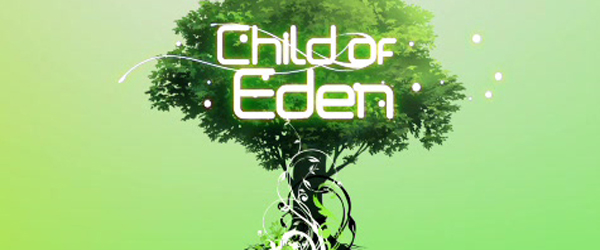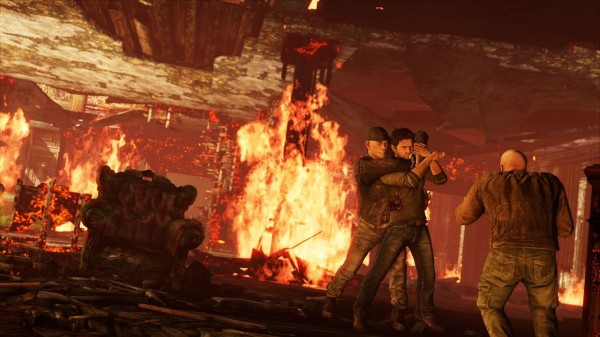Review: Star Wars: The Old Republic
/ To be honest, I never thought I’d be heading back to an MMORPG. But Star Wars: The Old Republic had the potential to bring something different to a world now filled with copies and generic MMOs. I had to give it a shot. With The Old Republic having a monthly subscription, I played the game for one month to see if it could hook me into paying for a second month.
To be honest, I never thought I’d be heading back to an MMORPG. But Star Wars: The Old Republic had the potential to bring something different to a world now filled with copies and generic MMOs. I had to give it a shot. With The Old Republic having a monthly subscription, I played the game for one month to see if it could hook me into paying for a second month.
The Old Republic’s focus - Story
The game is set 300 years after Bioware’s Knights of the Old Republic; the galaxy is divided between The Galactic Republic and the Sith Empire, and war has erupted everywhere. There are four classes on each side, and each one has their own story to tell. I went with the Republic and chose the path of the Force. I mean, this is Star Wars - I just had to pick the Jedi Knight. While each class gets the same side quests, the main story is what sets them apart, and you can slowly see yourself becoming an important figure in your class’ story. It makes you feel epic progressing through the levels and actively deciding how the narrative unfolds. In any other MMORPG out now, the main story is never the focus. Some have tried, but dropped the ball midway. For The Old Republic, however, the devs nailed it. When they said that the whole game was fully voice acted, they weren’t kidding. Every single NPC in the game has a voice, giving each character more personality and making this game the most expensive MMO to date.
The careful attention paid to presentation is the MMO’s biggest selling point, too. It’s refreshing to play an MMO that made me care about the story, going so far as to give you the option to decide the conclusion of each quest you partake in. Instead of the NPC just bluntly telling you who needs to die or what needs to be collected, you engage in a conversation as if you’re playing one of Bioware’s single player RPGs. In every conversation, you are given a set of choices regarding what to say, and each one can give different results. Conversations are not only for shaping the story, but also granting your character access to certain gear in the game, not to mention improving relations between your companions. It’s a good incentive to get involved in each quest. Be good or bad: it’s all up to you.
It felt like I was playing Knights of the Old Republic all over again. Since I played the game with a friend, each conversation was a treat because both of our characters were included in the conversation. In group sessions, individual players pick what to say and the game makes each player involved do a roll from 1- 150. The winner of the roll gets to say what they picked in the conversation wheel. It leaves a bit of suspense, since your friend can pick something vastly different to say to the NPC. In one quest, I had decided to save the remaining refugees left in a building, but since I lost my roll, we went with my friend’s choice, which was to leave them and take the prize money. Yes, my friend is a douche.
The quest mechanics are still not perfect; repetitive questing is still a problem. Having each quest fully-voiced does provide a different experience, but after the talking is over, you are given the same old tasks seen in most MMOs out there now. No matter the depth of the story, the missions themselves felt like chores in the end. Some quests are simply boring, and the fact that they are fully voice acted increases the time commitment factor, further discouraging me from wanting to accomplish that NPC’s particular side-quest. With all that said, the main story itself is well worth sinking some time into, and it comprises the bulk of The Old Republic’s narrative.
Gameplay is nothing new
This was my biggest worry when I first saw The Old Republic – the generic MMO gameplay. Sadly, there’s nothing new at all with regards to the game’s mechanics. There are a few minor changes, but the feeling is still similar to that other MMO people love playing so much. Since there’s not much of a difference, a direct comparison is inevitable. On the other hand, it’s been proven that this type of gameplay definitely works, so veteran MMORPG players will feel right at home. As for the game’s class stories, you have a total of eight to experience, but in terms of variations in gameplay, you really only have four types of classes.
Each class has a direct opposite in the other faction. While their skills and class names are different, they play exactly the same. For example, the Republic’s Smuggler class is identical to the Sith Empire’s Imperial Agent class gameplay-wise, although they have different story lines.
During your travels, you meet up with certain characters that eventually become your companions. These companions fight alongside you as if they are another player. You can gear your companions up, and they have a set of skills that can aid the player. You get different kinds of companions who learn different roles and skills as they progress. A companion can either be a tank type, healer, or a pure damage dealer; it’s all up to you who you’ll need in your travels to better compliment your class. They also have their own hidden agendas, and sometime in the game your companions will request to speak to you, hoping you can help with whatever’s troubling them. Yes, this MMO is such a Bioware game. They are a good addition to the game though, and you really can’t live without them. A companion is treated as one member of the party, so if you join up with one player and both of you have your companions out, you’ll have a party of four. Adding another player will automatically remove one player’s companion allowing a third person to join, and so on.
Not only do you get companions, you even get your own ship! This is pretty much your base of operations and where all your companions stay. You have your very own storage onboard your ship, and with your ship’s world map, you can travel to any planet available. You get your own ship at the end of the introduction planet for your class, and honestly, it’s pretty epic to see your intergalactic cruiser for the first time. The game also has spaceship battles, which are a decent distraction from doing the game’s countless quests. The gameplay in these battles is pretty much taken right out of Star Fox 64. The game even lets you barrel roll by pressing spacebar! Left click to fire your lasers and right click to fire your homing rockets. You have certain objectives to complete each mission, and they were a lot of fun at the start. But as you progress, the missions end up becoming the same thing over and over again. You can also gear up your ship, but the only real benefit to that lies in making your ship stronger in order to sign up for tougher missions, and each mission gives a good amount of experience for some reason. The space battles are completely optional, so you can skip them entirely if you want.
Class customization is a bit deep in The Old Republic. When any class hits level 10, they are given a choice to specialize in a specific advanced class. Each advanced class shifts your character’s focus to a specific role or a specific play style. For my Jedi Knight, I was given the choice of either becoming a Jedi Guardian, which provides you with skills to take hits, or a Jedi Sentinel, who focuses on dishing out a lot of damage and can wield two lightsabers. Once you make the choice, it’s permanent. Once I picked the Jedi Guardian, I had no choice but to wield a single light saber for the rest of that character’s career. The regret came after a few hours when I started seeing other Jedi dual-wielding lightsabers.
Talent trees are present in this game and will only unlock at level 10. From level 10 to level 60, you will be earning talent points that can be spent on the three class trees given in order to further customize your character’s play style. Again, it’s all very familiar, but it works well nonetheless.
The Old Republic is just like any other MMO – group dungeons called flashpoints, PVP warzones, World PVP, and raids called Operations are all present. Flashpoints in the early levels really give you a feel for your role and your class. Some require a bit of teamwork to complete and can be challenging, but what’s lacking in these so-called dungeons are the heavy story elements Bioware keeps shoving down our throats as we head towards the max level. All we get is a small briefing of what needs to be done and that’s about it. While some do have interesting stories, most of them are just a dull ride, seeing you fighting boss after boss.
Warzones (PVP) are accessible anywhere in the game. They unlock at level 10, and you are given the ability to join a Warzone match anytime. I had a blast with the PVP, but the experience can get old real fast. With just four Warzone maps, it gets repetitive about midway through your career. Each Warzone has a specific objective to win the match, but for the lower levels, most players (me included) don’t really give a damn and just end up fighting each other. When you hit 60, it doesn’t get any better since you will be getting your ass handed to you by the decked level 60’s over and over again. And of course, the best way to get gear is to keep doing Warzones. It becomes an endless grind just to be on equal ground with the top PVP players.
Raiding is considered the meat of all MMOs. Of course, raiding is present, but with a different name: Operations. Operations need a group of either eight or sixteen players in order to complete.
The game is new, and the content isn’t as plentiful as other MMO that have been running for years. It’s hard to tell at this point if it’s worth the investment to get the best gear possible, but from where the game stands now, it has a reasonable amount of content for a starting MMO. You will spend the majority of your endgame career grinding for those tokens and dailies in order to get money and better gear. If you’re into that sort of thing, then you might like what Bioware has to offer in the end. For me, the endgame needs a bit more meat in order to justify a real commitment. It’s a good start though.
Star Wars: The Old Republic sounds epic and looks massive… too massive.
Star Wars: The Old Republic’s scale is huge. Like, I’m shocked on how much work and detail they weaved into this galaxy far, far away. The visuals are great, and each location or planet has its own identity. It felt like the devs really took their time in creating each planet, one by one. They created a massive game to explore; in fact, it may actually be too massive. Everything looks amazing, but sadly, it also looks dead. There are NPCs and players roaming around, but not enough to make the universe feel alive. It’s as if Bioware expected millions of people to play their game. This isn’t the case at the moment. A planet can usually have more than a hundred players at a time. But each map is so big that you are lucky to see ten players in one place. Everybody is doing their own thing. The scale of the world is important, but it’s obvious almost instantly that the world is too big even for the NPCs. Some roads are so wide they make me feel like I’m an ant on an endless journey.
Traveling in The Old Republic got painful fast. Just in the first few levels, going from area to area took too much of my time. I quickly became accustomed to the sight of my character running through wide, empty roads. Early on in the game, for instance, there’s an area where once you get to the end of a needlessly long road, you still have to cross a huge forest on foot. There are taxis that bring you from one area to another, but you still need to explore them the first time in order to use that service. You do get a speeder sooner or later to shorten travel time, but even then the traveling takes too long. I don’t even feel the added movement speed when on a ride. You will spend a ridiculous amount of your time just traveling: it’s no stretch to say that the big world they created pretty much backfired.
I’m not sure about you guys, but the iconic soundtrack and sound effects for any Star Wars product is very important. How a blaster fires, how the droids talk, the alien languages, lightsaber sounds, and of course the background music to keep your blood boiling during a fight are all essential towards setting the mood for a successful Star Wars game. I’m happy to report that in Star Wars: The Old Republic, everything in the sound department seems to be in order. It really sounds like you stepped into the Star Wars universe, and that’s how it should be. It’s funny how every time you fight a boss or activate a specific skill, you trigger John Williams’ epic score. I sat up straight and put on my game face every time that awesome music kicked in.
Overall
Where Star Wars: The Old Republic stands right now, it’s a great game. It’s the Star Wars MMO we’ve all been waiting for. Class stories can keep you hooked, and the gameplay can satisfy any MMO player. But the fully-voiced world wasn’t enough to make the experience ground-breaking. It’s a neat addition, but once you take that and the Star Wars license out of the picture, there’s simply nothing unique about the game anymore. Since this is a game that requires a monthly subscription, the biggest question is, is it worth the investment? To the players that are looking for a substitute for better endgame content that is available on competing MMOs, I say no. I actually appreciated the journey to level 60 more than the endgame content. When I hit 60, I had no urge whatsoever to gear up my character. I do think that experiencing the PVE content to level 60 is worth trying, however, so a one-month subscription should be enough to get what you need out of The Old Republic.
Score: 75/100
Pros
- Great main class stories
- Fully-voiced world
- The game looks and sounds amazing
Cons
- Nothing innovative with regards to gameplay
- The maps are too big, making it look like a dead galaxy
- You spend a ton of time traveling
- Not much incentive to keep playing in the endgame










